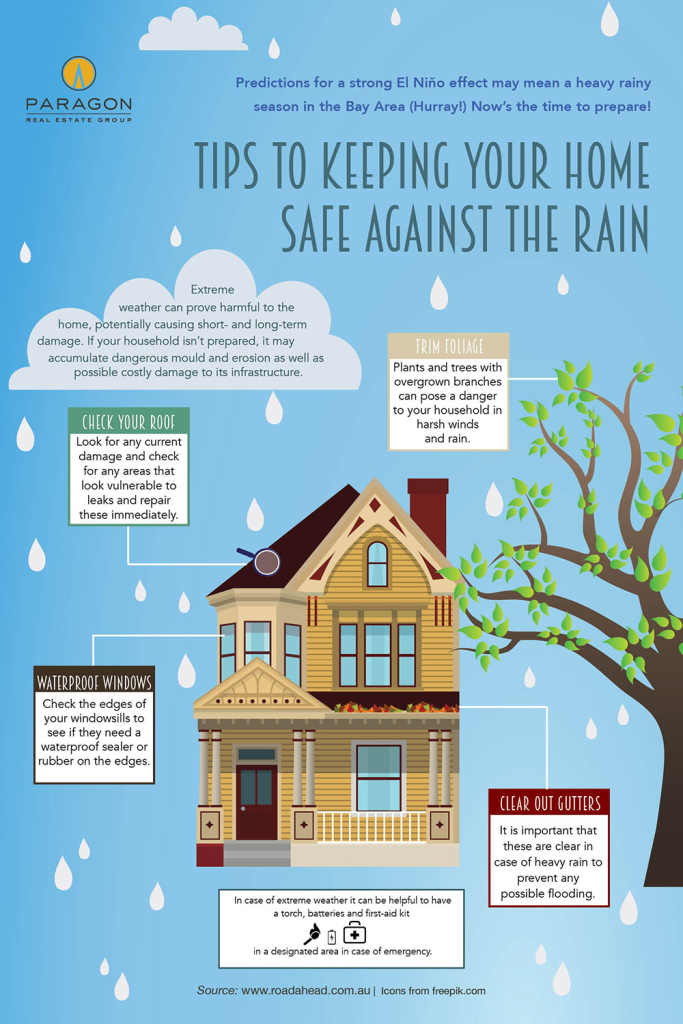Common Errors In Roofing System Setup And Exactly How To Prevent Them
Common Errors In Roofing System Setup And Exactly How To Prevent Them
Blog Article
Article Created By-Lee Thybo
When you're planning a roofing system installation, it's easy to ignore crucial details that can bring about considerable issues down the line. You might be attracted to cut corners on material choice or skip correct flashing installment, however these common blunders can cause expensive repairs later. Understanding the importance of ventilation and sticking to local building codes is important for a successful project. So, what are the key steps you should require to ensure your roofing system stands the test of time? Let's check out some reliable strategies to avoid these challenges.
Poor Material Option
When it involves roof covering setup, selecting the wrong materials can result in pricey problems down the line. You could believe that any kind of roof material will certainly do, however that's a common false impression. It's essential to pick products that suit your local climate and the details needs of your home.
For instance, if you reside in an area with hefty rainfall or snow, choosing asphalt tiles may not be the most effective option. Instead, take into additional Info lasting options like steel or slate.
In addition, take notice of the high quality of the materials you're thinking about. Cheap products may save you money upfront, but they usually do not have durability and can lead to constant fixings or replacements.
You need to additionally consider the style of your home and make sure the materials you select will certainly keep its visual appeal.
Ultimately, do not fail to remember to talk to professionals. They can supply useful insights and suggest products that abide by regional building codes.
Spending time in appropriate material choice now can assist you prevent frustrations and expenditures in the future, making your roof task a success.
Inadequate Flashing Installation
Selecting the right products isn't the only aspect that can result in roofing troubles; poor blinking installation can also develop substantial issues. Flashing is vital for guiding water far from susceptible areas, such as chimneys, skylights, and roofing valleys. If see this 's not installed correctly, you risk water breach, which can cause mold development and structural damages.
When you set up blinking, guarantee it's the ideal kind for your roofing system's style and the neighborhood environment. For example, metal flashing is commonly much more durable than plastic in areas with hefty rainfall or snow. See to it the blinking overlaps suitably and is protected firmly to prevent spaces where water can seep with.
You must likewise focus on the setup angle. Blinking need to be placed to direct water far from your house, not toward it.
If you're unclear regarding the installment procedure or the materials needed, speak with a professional. They can assist recognize the best blinking choices and make certain every little thing is installed appropriately, securing your home from potential water damage.
Taking these steps can conserve you time, money, and migraines later on.
Neglecting Air Flow Needs
While many homeowners concentrate on the visual and architectural facets of roofing system installation, disregarding air flow requirements can lead to significant lasting repercussions. Correct air flow is important for managing temperature level and moisture levels in your attic, preventing problems like mold growth, wood rot, and ice dams. If you don't set up adequate air flow, you're setting your roofing up for failure.
To avoid this blunder, initially, examine your home's certain ventilation demands. A well balanced system typically includes both intake and exhaust vents to promote air movement. Ensure you've mounted soffit vents along the eaves and ridge vents at the peak of your roof covering. This combination allows hot air to run away while cooler air goes into, keeping your attic area comfy.
Additionally, take into consideration the kind of roofing material you've chosen. Some materials may call for extra air flow methods. Double-check your neighborhood building codes for air flow guidelines, as they can vary dramatically.
Lastly, don't forget to inspect your ventilation system routinely. Blockages from particles or insulation can restrain air flow, so keep those vents clear.
Final thought
To conclude, staying clear of typical roof installation blunders is crucial to ensuring your roofing system's long life and performance. By choosing the best products for your environment, setting up blinking appropriately, and attending to ventilation demands, you can prevent costly concerns in the future. Do not neglect to familiarize yourself with neighborhood building ordinance and timetable routine assessments. With these steps, you'll appreciate a risk-free, long lasting roof covering that safeguards your home for years ahead. Happy roof covering!
